Introduction
As the chilly grasp of winter begins to loosen, the anticipation of a flourishing spring garden excites both new and seasoned gardeners. Imagine vibrant green sprouts piercing the soft earth, eventually growing into flourishing beds of homegrown veggies. The whispers of such possibilities stir within every spring breeze, promising the joy of cultivating your own food. While the idea is delightful, successful spring planting requires well-timed action and careful planning to ensure your garden thrives.
This spring vegetable planting guide aims to arm you with the knowledge you need for a successful growing season. Homegrown vegetables offer unmatched freshness, taste, and nutrition, alongside the satisfaction of nurturing life from seed to harvest. In this guide, we'll walk you through essential steps such as understanding your hardiness zone, selecting the ideal variety of vegetables, preparing your garden, and finally planting and maintaining your crops. Let's embark on this green journey together with Plantology as your trusted partner for high-quality plants and gardening solutions.
Section 1: Understanding Your Hardiness Zone
1.1 Importance of Understanding Your Hardiness Zone
Your garden's geographical location plays a significant role in determining what, when, and how to plant your vegetables. The hardiness zone map, developed by the USDA, is a crucial tool for gardeners. These zones measure average annual minimum winter temperatures, serving as a guide for plant survival potential and adaptability. Selecting plants suited to your hardiness zone increases your chances of a bountiful harvest.
1.2 How to Determine Your Hardiness Zone
To determine your hardiness zone, refer to the USDA Plant Hardiness Zone Map, which divides North America into 13 zones. Each zone represents a 10-degree Fahrenheit range. Simply locate your area on the map to determine your zone number. This information will guide your selection of vegetables appropriate for spring planting in your region. Plantology's vast selection of plants can help you find those perfectly suited to your specific zone.
Section 2: Choosing the Right Vegetables for Spring Planting
2.1 Identifying Cool-Season Crops
Spring is ideal for cool-season crops, which thrive in the cooler temperatures and are often the first vegetables ready for harvest. These typically include leafy greens, root vegetables, and some members of the cabbage family. Consider planting lettuce, spinach, radishes, and peas, which can tolerate the occasional frost and flourish as soon as temperatures begin to rise.
2.2 Companion Planting
Companion planting is an age-old gardening technique that involves grouping plants that can benefit one another. Moisture, nutrients, pollination, pest control, and habitat are all factors that play into the natural synergy among plants. For example, pairing carrots with onions may help repel carrot flies. Encouraging the right plant neighbors can improve the health and yield of your garden crops while adding diversity to your garden ecosystem.
2.3 Using Plantology's Vegetable Seedlings and Herbs
Explore Plantology's diverse range of nursery plants and seedlings, perfect for starting your spring garden. Our high-quality products ensure healthy growth and robust yield. Consider Agapanthus Lily of the Nile for visual interest and functionality—a great companion plant for your vegetable plots.
Section 3: Preparing Your Garden for Planting
3.1 Soil Preparation
Healthy, fertile soil is the cornerstone of any thriving vegetable garden. Begin by testing your soil’s pH and nutrient levels. Amendments such as compost, well-rotted manure, or organic fertilizers can enhance nutrient content and soil structure. Aim for a well-draining, loamy soil texture that retains moisture while allowing roots to breathe.
3.2 Garden Layout and Design
3.2.1 Raised Beds
Consider using raised beds to maintain control over soil quality and drainage. Elevated gardens warm up more quickly in the spring, facilitating earlier planting and quicker seed germination. They’re particularly advantageous in areas where soil quality is poor or where space is limited.
3.2.2 Traditional Garden Plots
If you have ample space, traditional plots can accommodate larger vegetable patches. Ensure rows align with the path of the sun to maximize exposure. Implement pathways to access plants easily and maintain organization within the garden space. Consistent spacing enhances airflow between plants.
3.3 Irrigation and Water Management
Effective irrigation is crucial for maintaining soil moisture levels, especially during dry spells. Drip irrigation systems are efficient, reducing water waste and directing water to plant roots where it is most needed. Alternatively, soaker hoses can effectively hydrate larger areas with less evaporation compared to traditional watering methods.
Section 4: Planting Your Vegetable Garden
4.1 Timing Your Planting
Timing is key in gardening. For spring crops, begin by planting frost-tolerant species first, following up with less cold-hardy varieties as the threat of frost recedes. Knowing the last average frost date in your area is critical. Use this date as a reference for sowing seeds indoors and transferring seedlings outdoors.
4.2 Sowing Seeds vs. Transplanting Seedlings
Decide whether to sow seeds directly in the garden or start with seedlings. Fast-growing plants like radishes and lettuce often do well when sown directly. Others, like tomatoes and peppers, benefit from being started indoors and transplanted once the soil warms up. This approach gives them a head start and potentially longer growing season.
Section 5: Maintenance and Pest Management
5.1 Regular Monitoring and Care
Successful gardens require regular attention. Conduct frequent inspections for signs of pest activity or disease symptoms. Thin out seedlings to prevent overcrowding, which can invite disease. Mulching can help retain soil moisture and suppress weed growth. Use organic mulches such as straw or grass clippings for best results.
5.2 Organic Pest Control Methods
Where possible, employ natural pest control methods. Plant marigolds around the garden to deter nematodes and use neem oil for insect control. Introduce beneficial insects like ladybugs for aphid control. Construct protective barriers such as row covers or chicken wire to protect young plants from birds and rodents.
Section 6: Harvesting and Maximizing Yield
6.1 Knowing When to Harvest
Harvesting at peak ripeness ensures the best flavors and nutritional value. Most leafy greens are best picked in the morning when moisture levels are high. For root vegetables, let soil dry slightly before harvesting to make lifting easier. Regular harvesting often encourages continued production and helps prevent plants from bolting.
6.2 Extending the Growing Season
Use techniques such as succession planting or companion planting with perennials to extend the growing season. Additionally, consider using cold frames or row covers to protect plants during unexpected cold spells, extending their productivity into late spring or early summer.
Conclusion
The excitement and potential of starting your own spring vegetable garden are within reach. By understanding your climate, selecting the appropriate vegetables, and following proper planting techniques, you'll be rewarded with a vibrant and productive garden. Plantology is here to support you with high-quality plants and expert gardening advice. Start your green journey today by exploring our extensive selection at Plantology.
For stunning palm additions to your garden or indoor space, consider our Adonidia Palm (Double), Single, or Triple.

Section 4: Planting Your Vegetable Garden
4.1 Timing Your Planting
Timing is key in gardening. For spring crops, begin by planting frost-tolerant species first, following up with less cold-hardy varieties as the threat of frost recedes. Knowing the last average frost date in your area is critical. Use this date as a reference for sowing seeds indoors and transferring seedlings outdoors. In cooler regions, consider starting seeds indoors to extend the growing season. Utilize heat mats or grow lights to provide the necessary warmth and light. Planting calendars, specific to your region, can be beneficial tools for organizing and planning your planting schedule.
4.2 Sowing Seeds vs. Transplanting Seedlings
Decide whether to sow seeds directly in the garden or start with seedlings. Fast-growing plants like radishes and lettuce often do well when sown directly. Others, like tomatoes and peppers, benefit from being started indoors and transplanted once the soil warms up. This approach gives them a head start and potentially longer growing season. Keep in mind the special requirements of certain seeds such as pre-soaking or scarification to improve germination rates.
4.3 Tips for Successful Planting
When planting seeds or seedlings, proper spacing is crucial to ensure healthy development. Crowded plants can lead to competition for nutrients, insufficient sunlight, and increased susceptibility to diseases. Follow the spacing guidelines provided on seed packets or plant labels. Additionally, planting seeds at the correct depth ensures robust root development. A general rule is to plant seeds at a depth of about two to three times their diameter.
For transplants, gently loosen the root ball of seedlings before placing them in the garden bed to encourage outward root growth. Water immediately after planting to eliminate air pockets and settle the soil around the roots.

Section 5: Maintenance and Pest Management
5.1 Regular Monitoring and Care
Successful gardens require regular attention. Conduct frequent inspections for signs of pest activity or disease symptoms. Thin out seedlings to prevent overcrowding, which can invite disease. Mulching can help retain soil moisture and suppress weed growth. Use organic mulches such as straw or grass clippings for best results. Regular pruning or pinching of certain plants like herbs can promote bushier growth and prevent legginess.
5.2 Organic Pest Control Methods
Where possible, employ natural pest control methods. Plant marigolds around the garden to deter nematodes and use neem oil for insect control. Introduce beneficial insects like ladybugs for aphid control. Construct protective barriers such as row covers or chicken wire to protect young plants from birds and rodents.
Additionally, employing crop rotation and avoiding monocultures can naturally minimize pest buildup. Interplanting aromatic herbs such as basil or mint can deter certain insect pests and enhance garden biodiversity.
5.3 Disease Management
Preventing and managing diseases is as crucial as pest control. Rotate crops annually to avoid build-up of soil pathogens. Ensure good air circulation by proper plant spacing and regular pruning of overcrowded areas. Remove and discard any diseased plant material promptly to prevent spread. Utilize resistant plant varieties where available for common diseases such as mildew or blight.
Section 6: Harvesting and Maximizing Yield
6.1 Knowing When to Harvest
Harvesting at peak ripeness ensures the best flavors and nutritional value. Most leafy greens are best picked in the morning when moisture levels are high. For root vegetables, let soil dry slightly before harvesting to make lifting easier. Regular harvesting often encourages continued production and helps prevent plants from bolting. Keeping harvest records can help in identifying which plant varieties are most productive and best suited for your garden climate.
6.2 Extending the Growing Season
Use techniques such as succession planting or companion planting with perennials to extend the growing season. Succession planting involves sowing a new crop immediately after one is harvested, ensuring continuous yield. Additionally, consider using cold frames or row covers to protect plants during unexpected cold spells, extending their productivity into late spring or early summer.
6.3 Maximizing Yield with Intercropping
Intercropping, the practice of growing multiple crops together, maximizes yield per unit area and promotes a symbiotic environment. This technique is especially useful in limited spaces or urban gardens. For instance, planting radishes along with slower-growing plants like parsnips or carrots ensures the radishes mature quickly, making space as they are harvested.
Conclusion
The excitement and potential of starting your own spring vegetable garden are within reach. By understanding your climate, selecting the appropriate vegetables, and following proper planting techniques, you'll be rewarded with a vibrant and productive garden. Plantology is here to support you with high-quality plants and expert gardening advice. Start your green journey today by exploring our extensive selection at Plantology.
Embrace sustainable gardening practices and enjoy the process of cultivating your food source. Feel empowered by the skillful balance of nature and nurture that is involved in home gardening, from planning to harvest. Happy gardening!

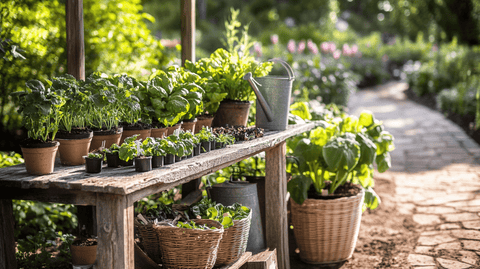


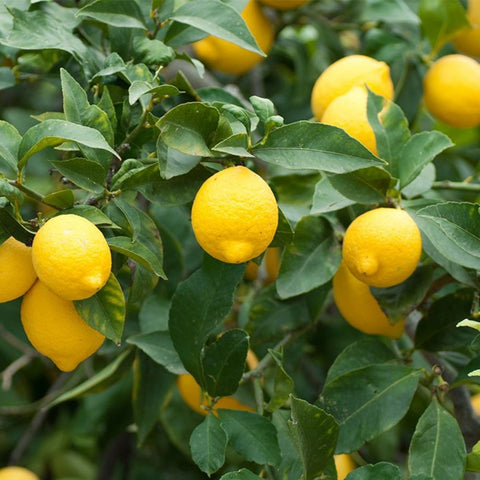

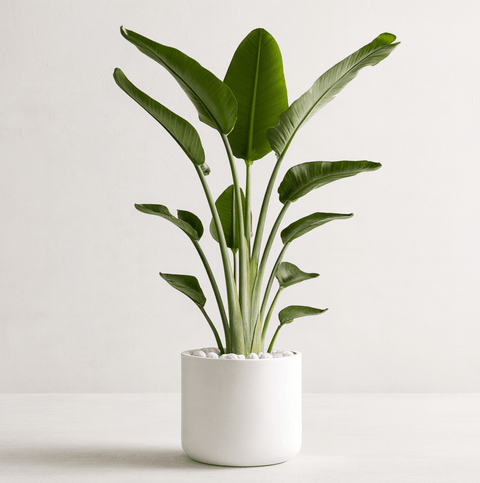



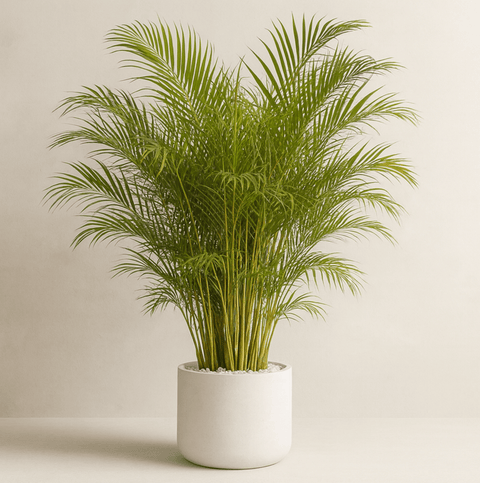






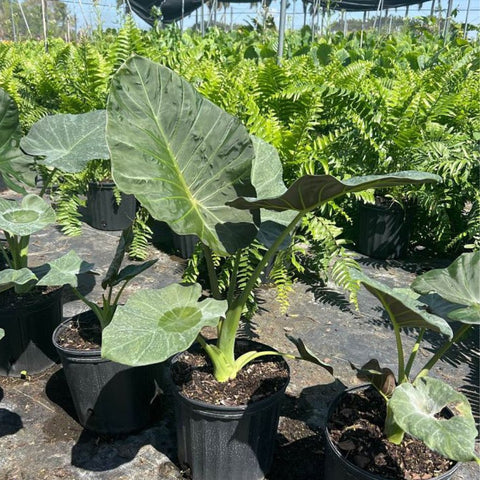





Comments (0)
There are no comments for this article. Be the first one to leave a message!